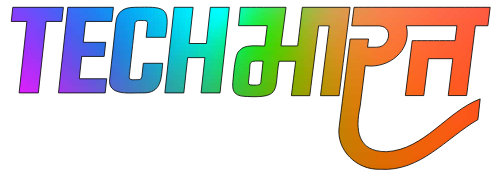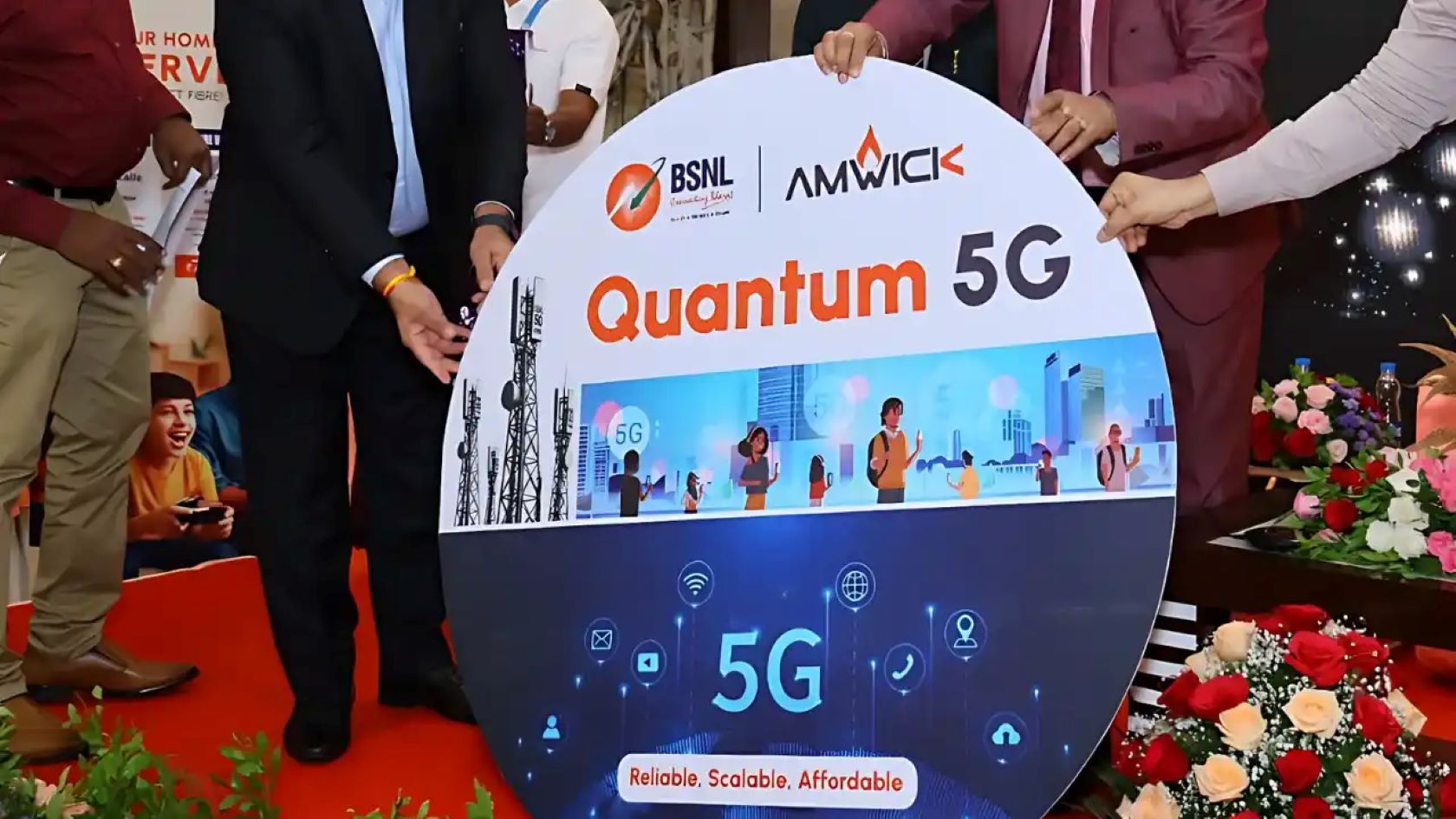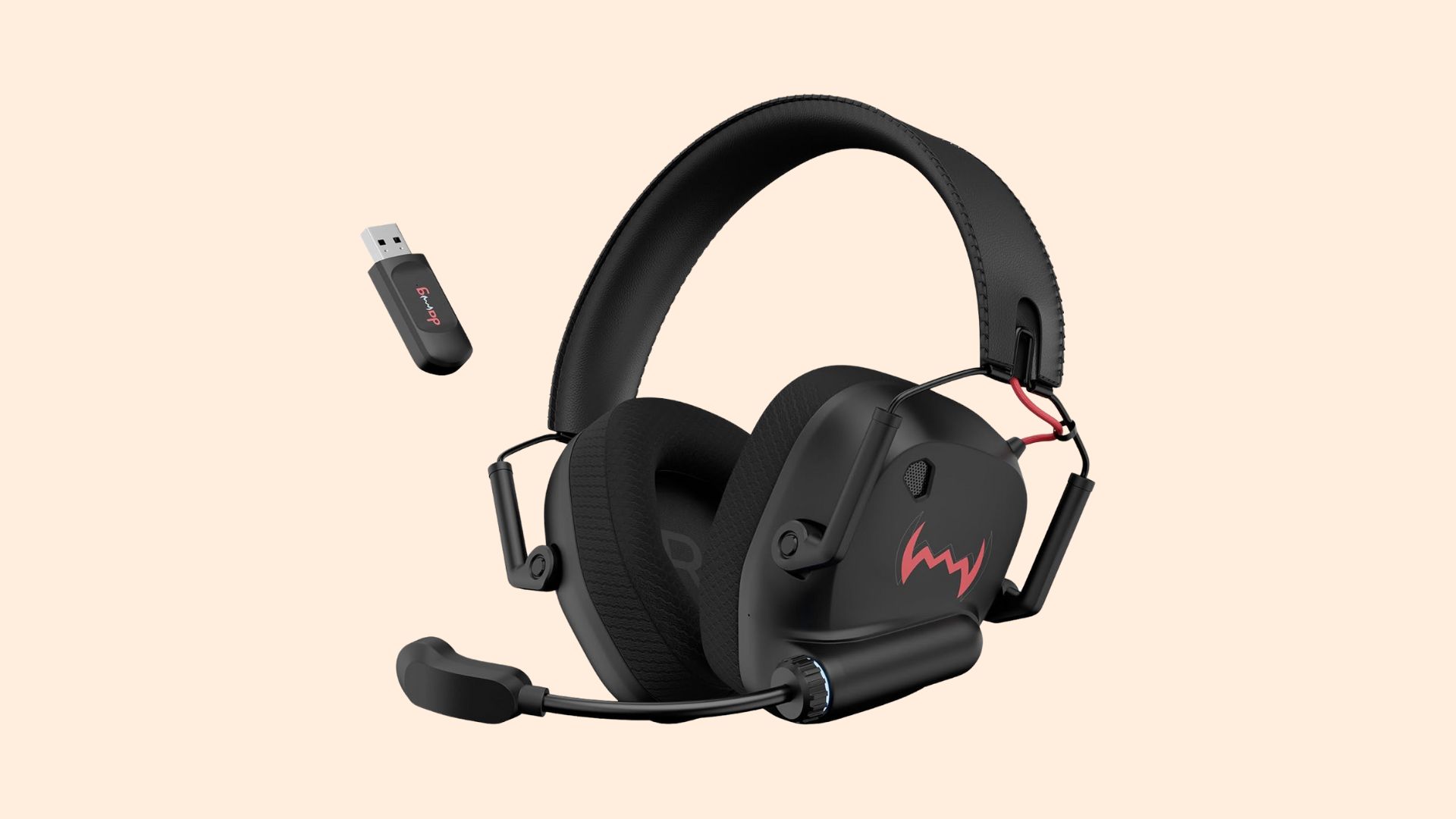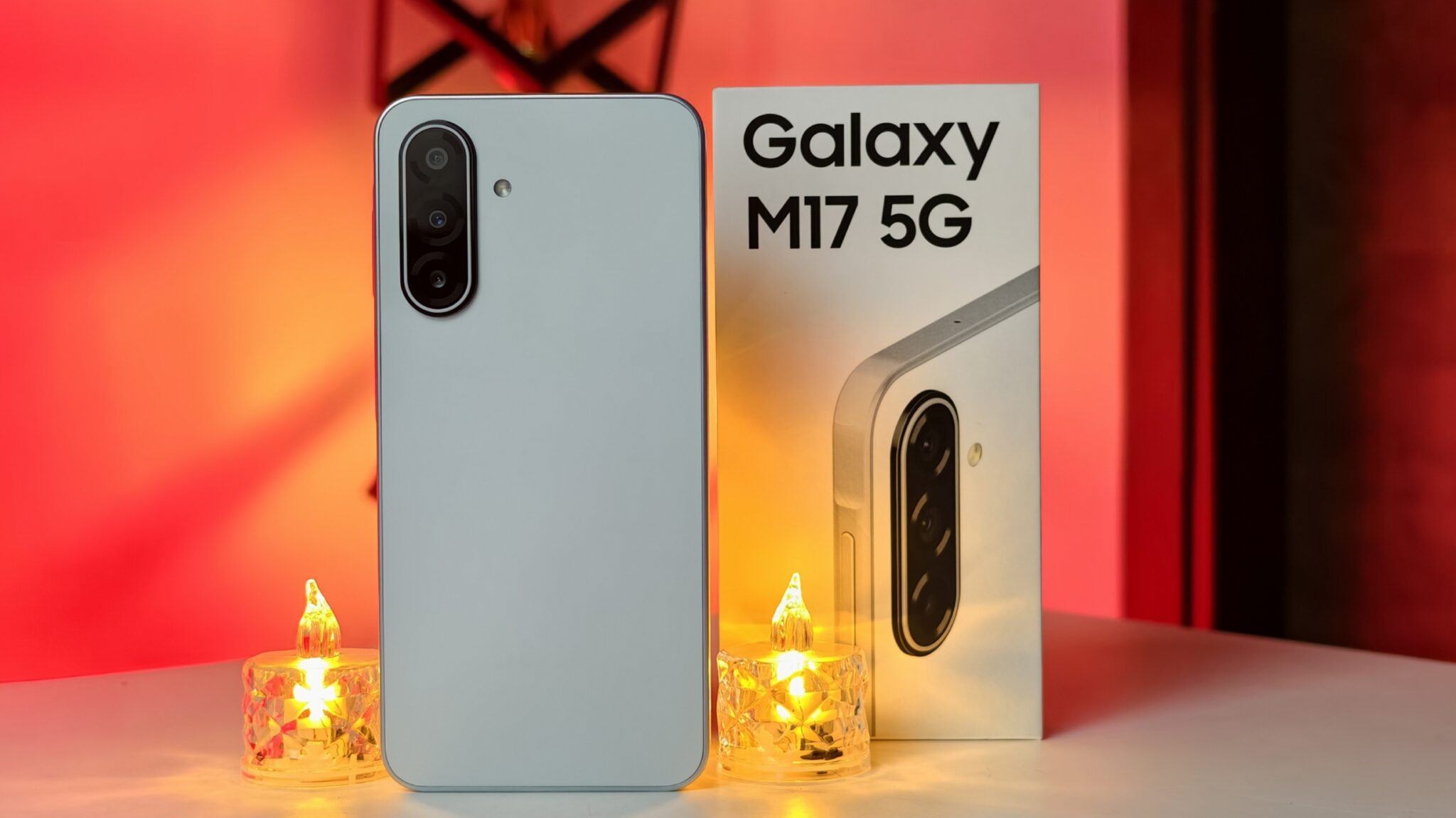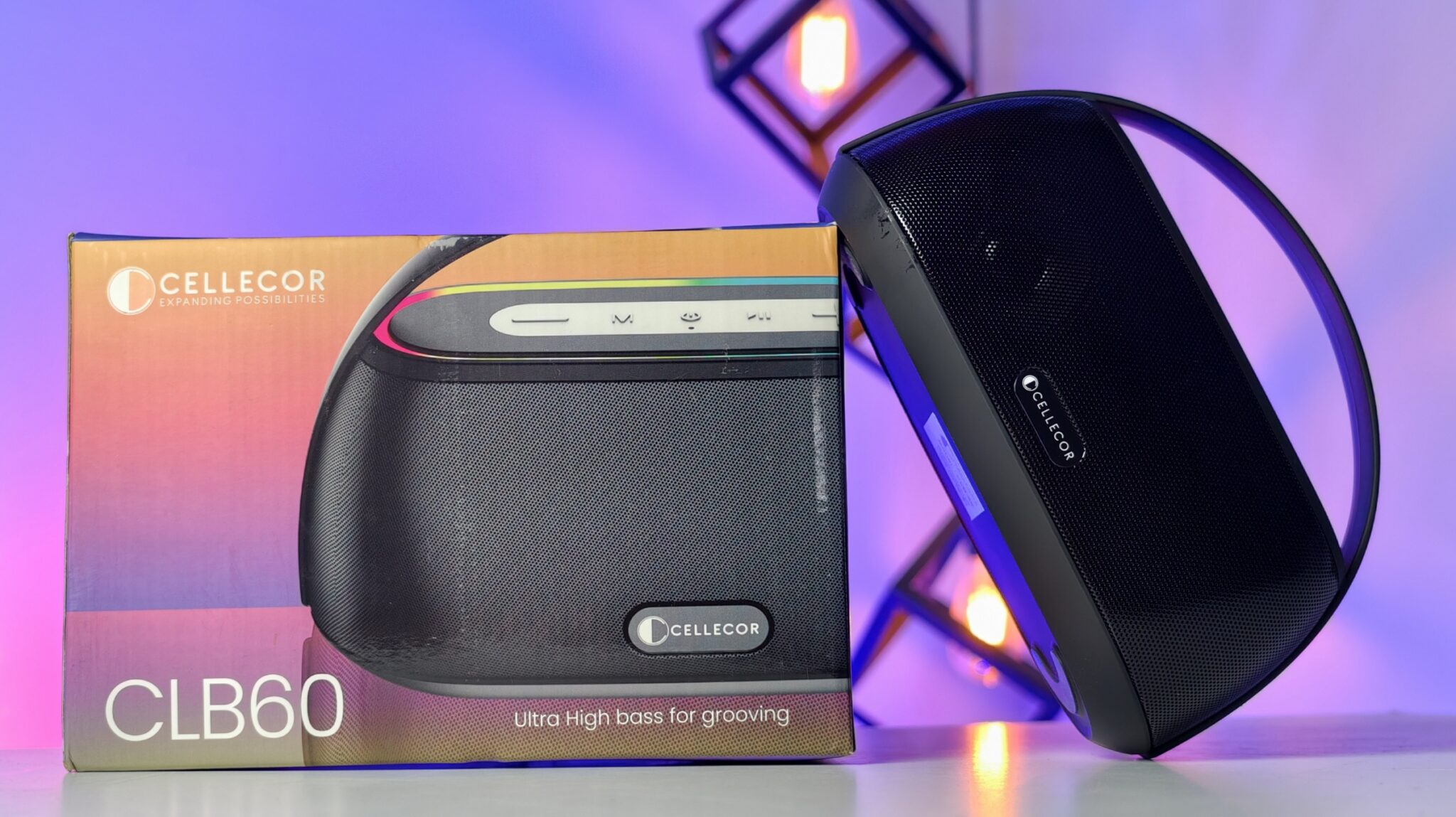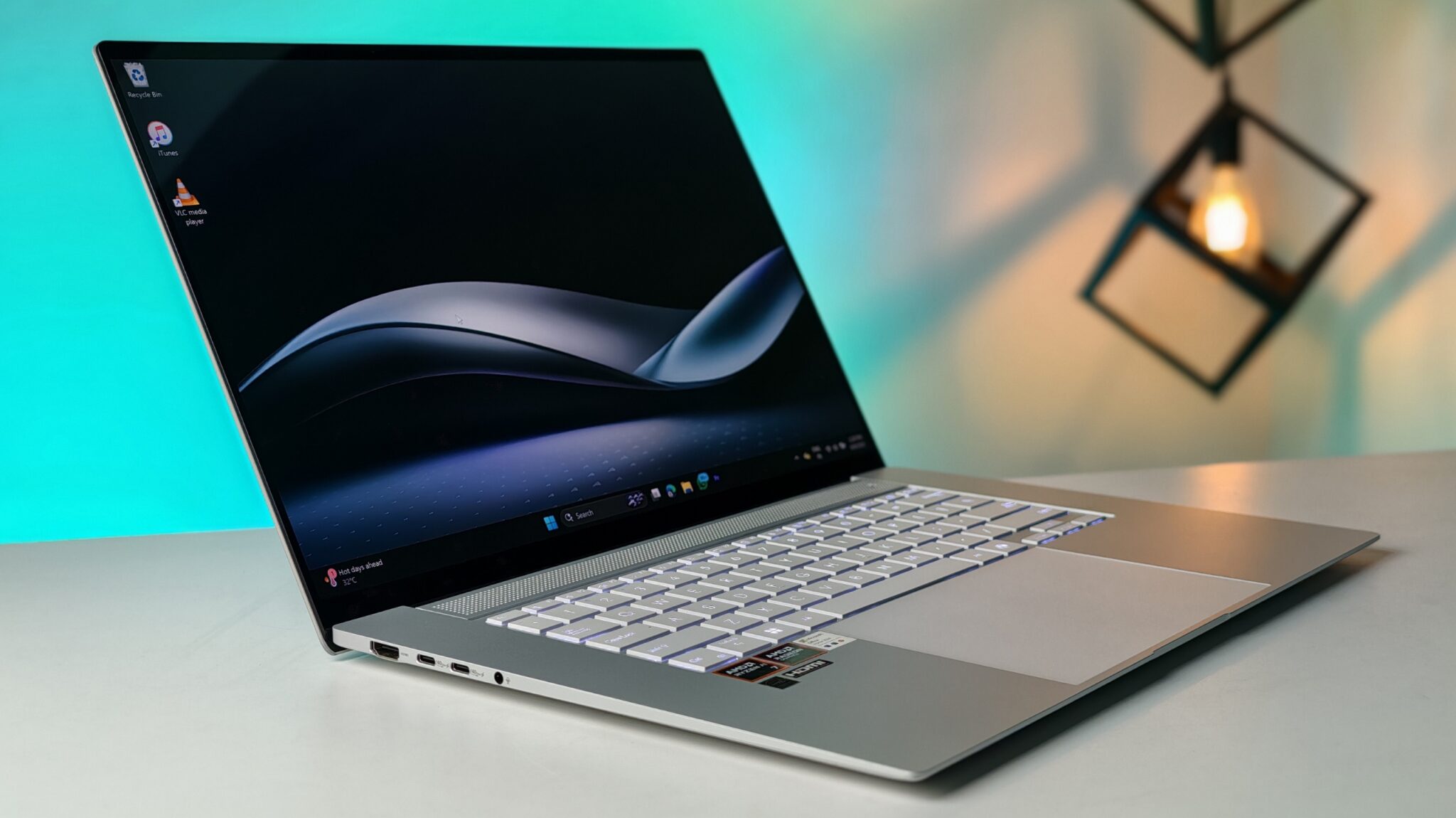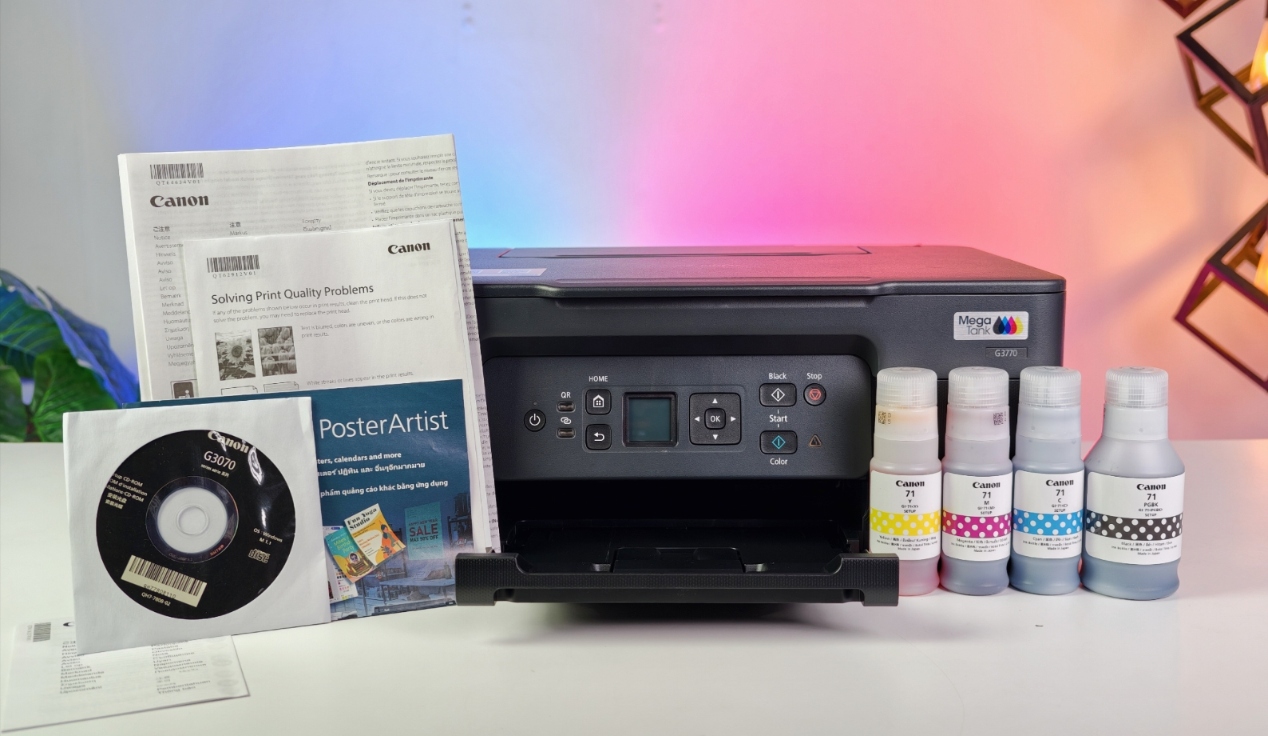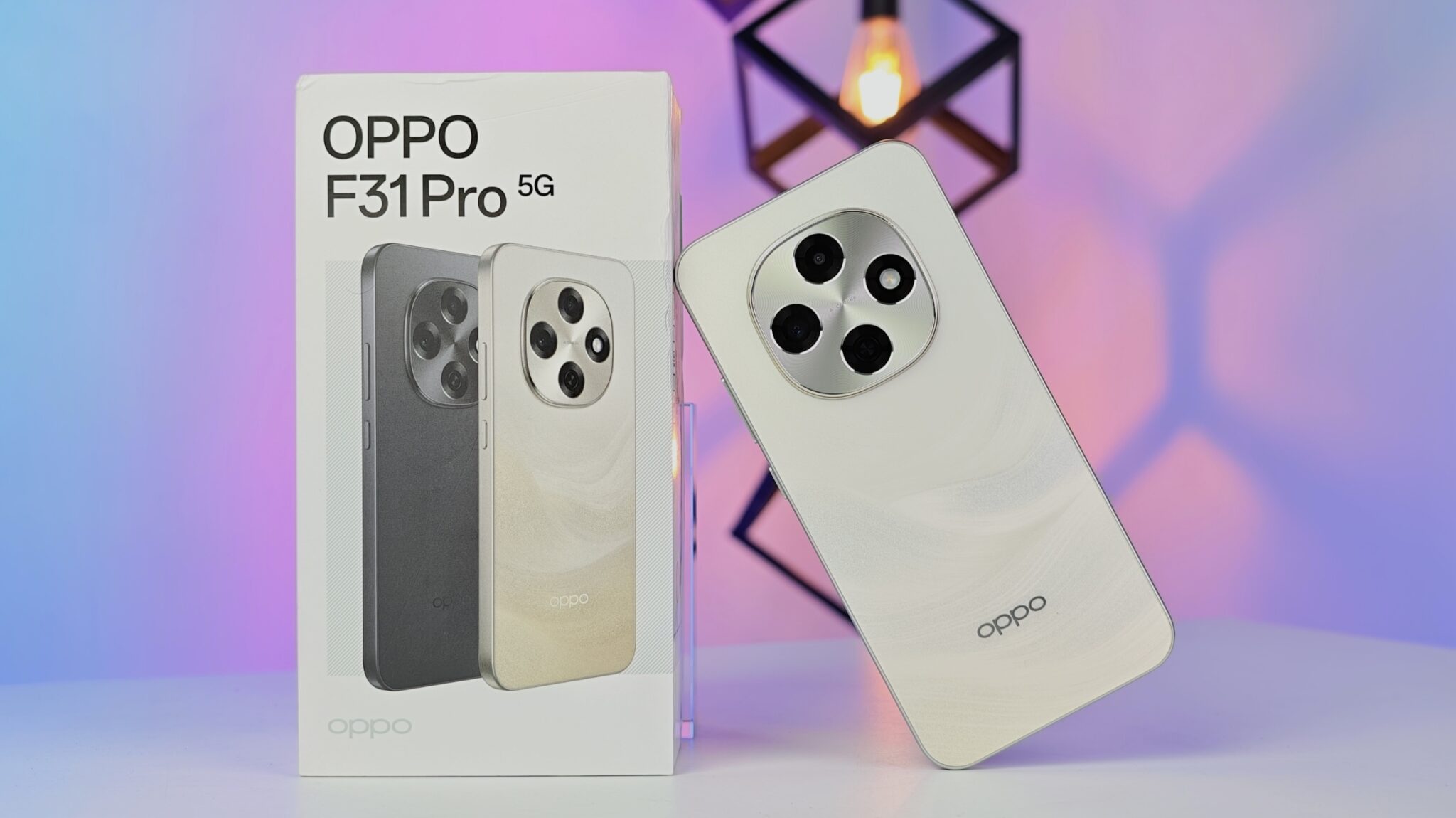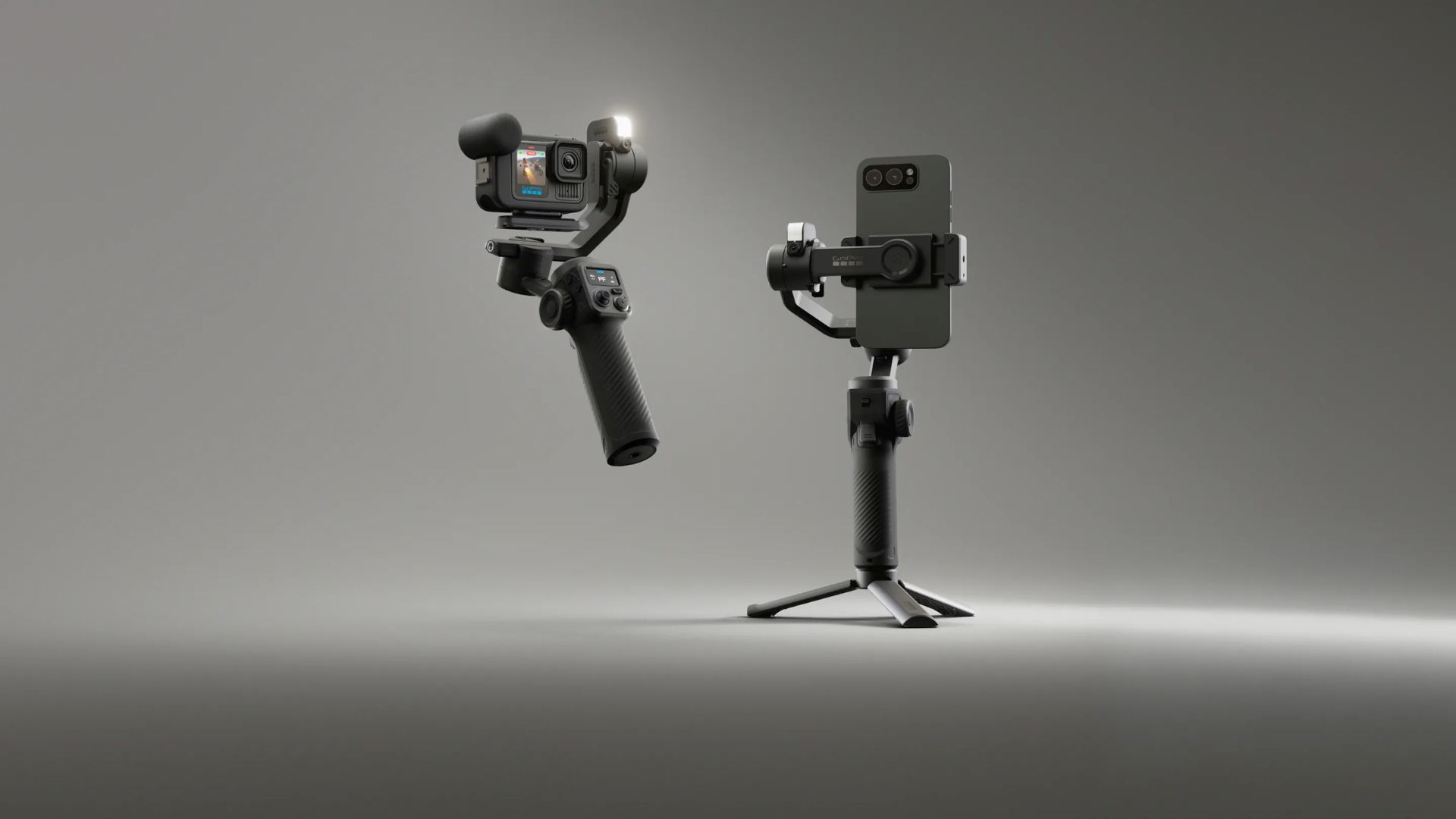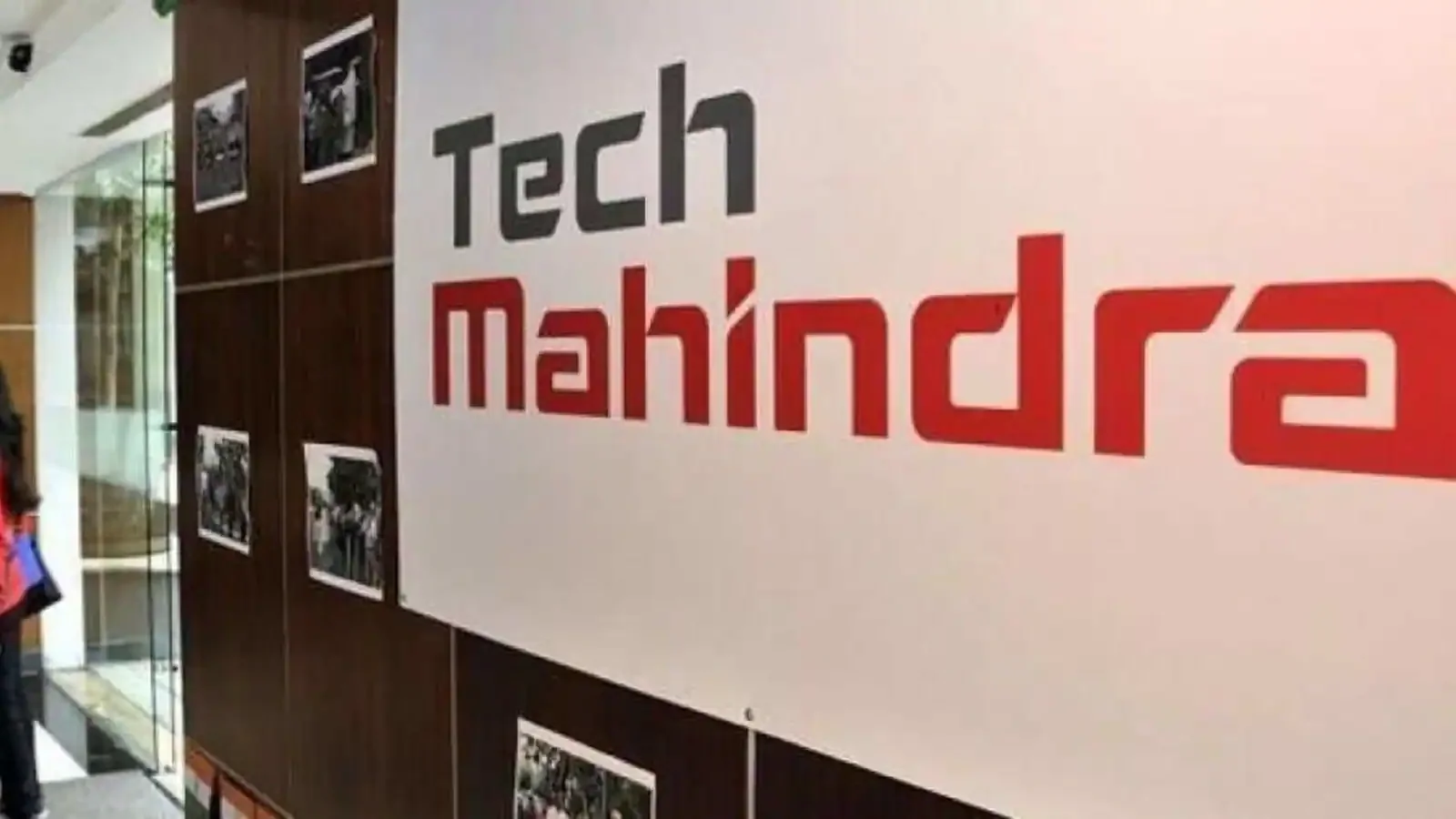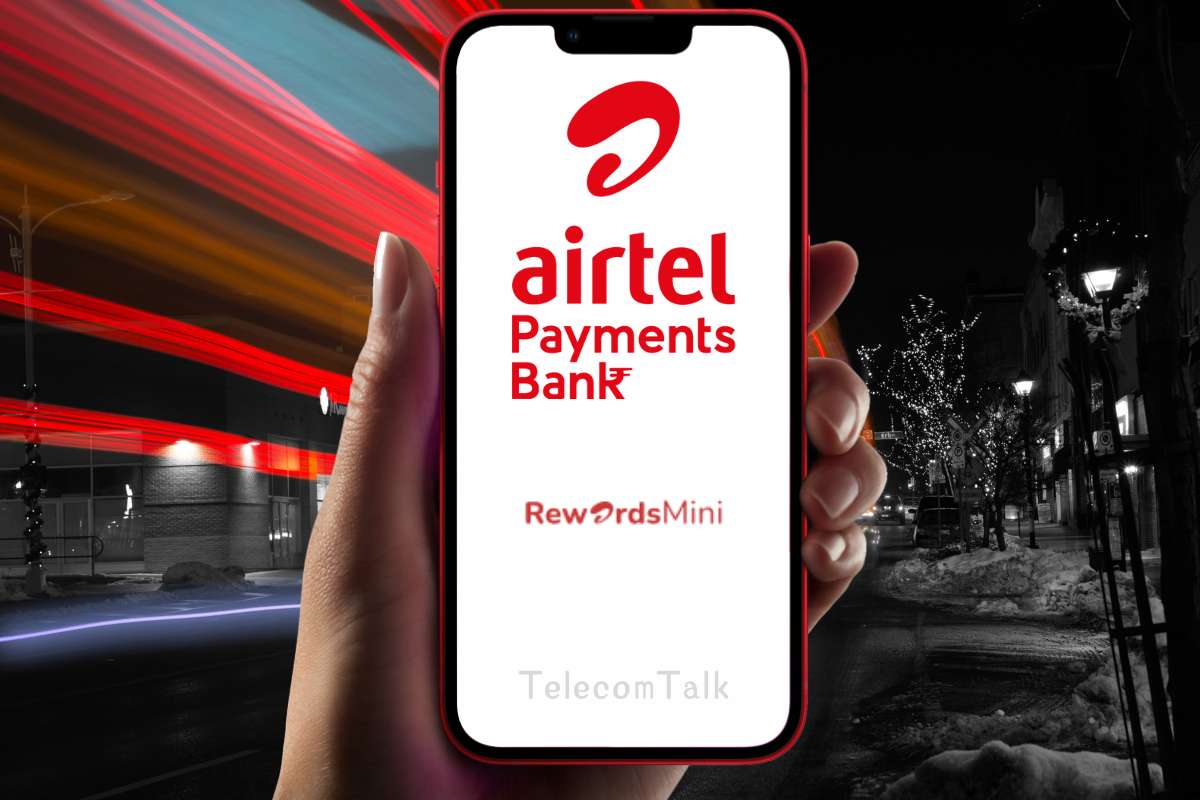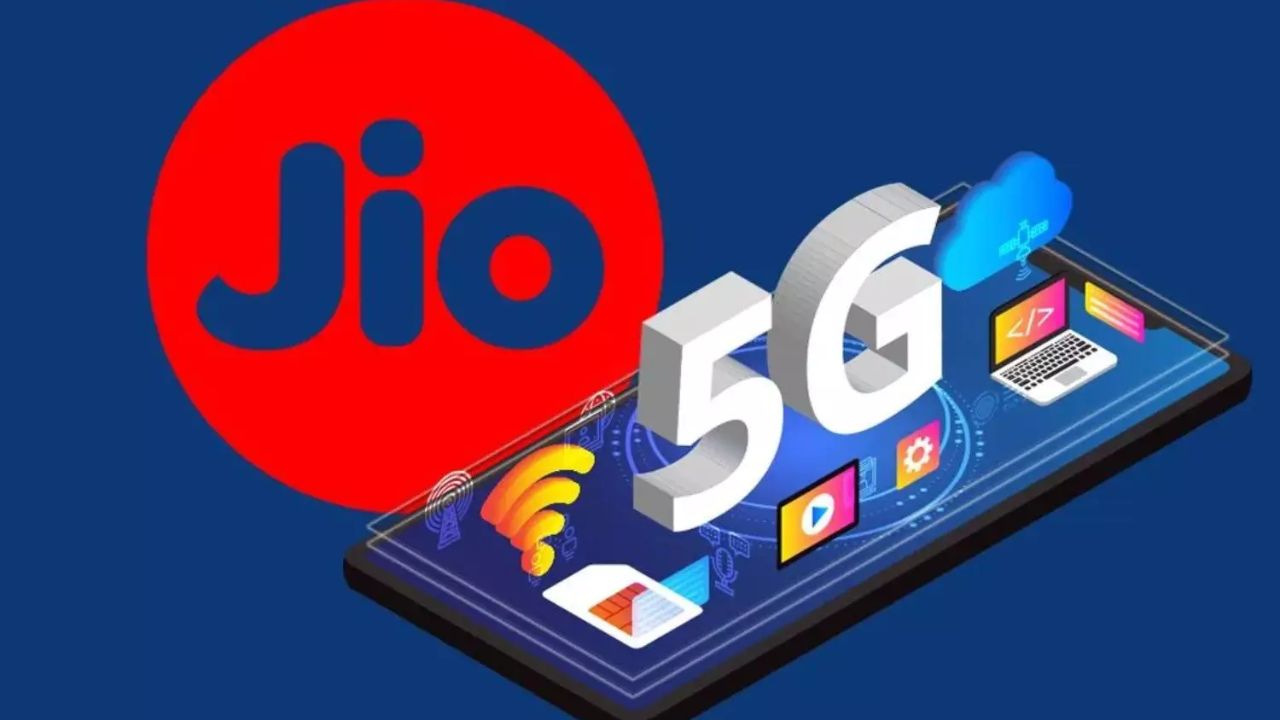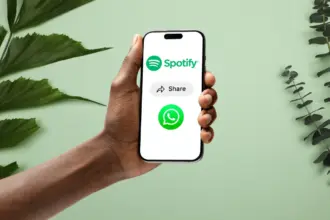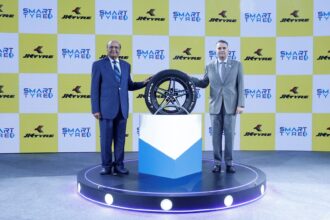In a move that could, perhaps, genuinely reshape home and business internet in India, Bharat Sanchar Nigam Limited (BSNL) has introduced its Quantum 5G Fixed Wireless Access (FWA) service. It’s an ambitious offering, promising fiber-like speeds—up to 300 Mbps—without a single wire or even a SIM card. Soft-launched in Hyderabad, this initiative adds real momentum to India’s digital self-reliance under the “Atmanirbhar Bharat” banner.
Key Takeaways:
- BSNL’s Quantum 5G FWA delivers internet speeds up to 300 Mbps.
- Operates on a “SIM-less” model, eliminating physical SIM cards.
- Installation is cable-free and trench-free.
- Entirely indigenous tech, made by Indian vendors.
- Introductory plans: ₹999 (100 Mbps) and ₹1499 (300 Mbps).
- Hyderabad first, with pilot launches in 6 more cities by September 2025.
- Initial focus: businesses, but consumer appeal is evident.
A New Chapter in Indian Connectivity
The launch event at BSNL’s Ameerpet Exchange in Hyderabad was led by Shri A. Robert J. Ravi, CMD of BSNL/MTNL. He emphasized, quite proudly, that Quantum 5G FWA is “the first SIM-less, 100% home-grown customized 5G FWA for BSNL.” Hyderabad’s tech-forward population made it an apt choice for this soft rollout.
This controlled phase lets BSNL gather on-ground feedback before going all-in nationwide. It also positions the operator as a strong contender in the indigenous 5G space.
“No SIM, No Wires”: What That Actually Means
At the core of this solution is its Direct-to-Device platform. The Customer Premises Equipment (CPE) communicates directly with the network—no SIM card needed. Think of it as your router, but smarter, and it authenticates itself.
There’s also no need for digging or cabling, which is honestly a relief for many. The system uses 5G signals to beam data directly to your device. BSNL claims that 85% of households in Hyderabad can access this service through existing infrastructure. That’s quite a feat.
Speed Tests Speak Volumes
Initial trials in Hyderabad showed download speeds nearing 980 Mbps and uploads of 140 Mbps, with latency impressively under 10ms. That’s fast—really fast. Suitable not just for Netflix, but for cloud gaming, 4K video calls, and heavy-duty remote work.
Yes, the current plans top out at 300 Mbps, but the tech behind it is clearly built for more. It hints at headroom for future upgrades.
Made in India, For India
Every part of this system—the core network, the RAN, and the CPE—has been developed by Indian companies. That’s rare in telecom and fits snugly within the “Atmanirbhar Bharat” narrative. It’s not just about pride; there’s also the benefit of tighter control and better security.
Expansion Plans and Who It’s For
BSNL’s roadmap includes expanding to Bengaluru, Pondicherry, Visakhapatnam, Pune, Gwalior, and Chandigarh by September 2025. Businesses are the primary target, especially those needing high-speed lines without physical setups. But the simplicity and speed should appeal to consumers too, particularly in semi-urban and rural areas where fiber is scarce.
The BharatNet Angle
This launch ties in nicely with BharatNet, the government’s push to connect every village with broadband. BSNL, being the sole project manager for BharatNet’s upkeep, is in a strong position to scale this FWA solution. The wireless nature of Quantum 5G FWA makes it a perfect fit for the last mile in remote areas.
Over 218,000 Gram Panchayats are already service-ready, and with so much fiber already laid, BSNL’s new tech could be the missing puzzle piece.
How Does It Compare?
Compared to FTTH, Quantum 5G FWA is much quicker to deploy. No trenching, no waiting. While FTTH may offer symmetric speeds, FWA’s real-world download speeds are strong enough for most users.
Versus private FWA offerings, BSNL’s has two unique advantages: SIM-less operation and a completely indigenous stack. That could lead to better network control and possibly more responsive service.
This launch could be more than just a new product—it might be a turning point. BSNL has struggled to keep pace in recent years, but Quantum 5G FWA shows a renewed push for relevance. The tech is fresh, the approach is bold, and the market certainly has room.
As BSNL rolls out more 4G towers—many already 5G-ready—the timing feels right. Whether this will help the public sector giant reclaim lost ground remains to be seen, but it’s a promising leap.
And maybe that’s the real story here: not just faster internet, but a stronger, more self-sufficient India, one wireless signal at a time.
Frequently Asked Questions (FAQs)
Q1: What is BSNL Quantum 5G FWA?
A1: It’s a new internet service using 5G signals, no wires or SIMs needed. Speeds rival fiber.
Q2: What are the available plans?
A2: Plans start at ₹999 for 100 Mbps and ₹1499 for 300 Mbps. Test speeds go even higher.
Q3: Do I need a SIM card?
A3: Nope. The device auto-authenticates with BSNL’s network.
Q4: Is it available everywhere?
A4: For now, just Hyderabad. Six more cities are next, then nationwide.
Q5: What equipment do I need?
A5: BSNL provides a CPE—basically a plug-and-play Wi-Fi device.
Q6: Can rural users benefit?
A6: Definitely. It’s ideal for places where fiber is hard to lay.
Q7: Is it only for businesses?
A7: Initially, yes. But homes can benefit too.
Q8: What makes it indigenous?
A8: All tech is made by Indian vendors under “Atmanirbhar Bharat.”
Q9: Does it support voice calls?
A9: Not yet. It’s a data-only service for now.
